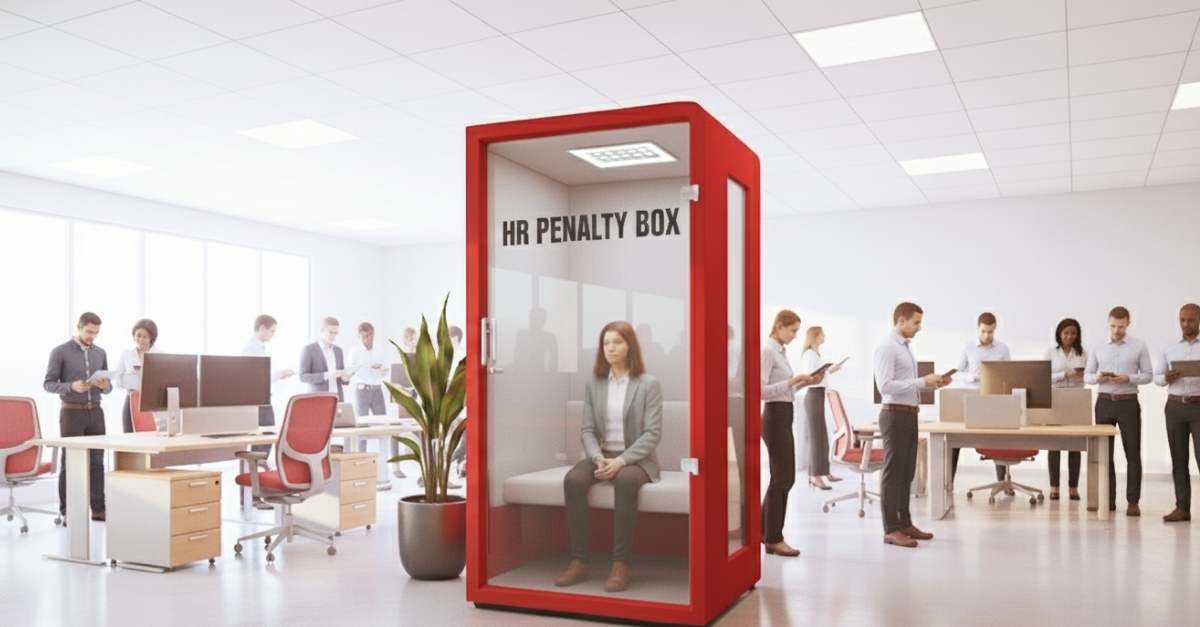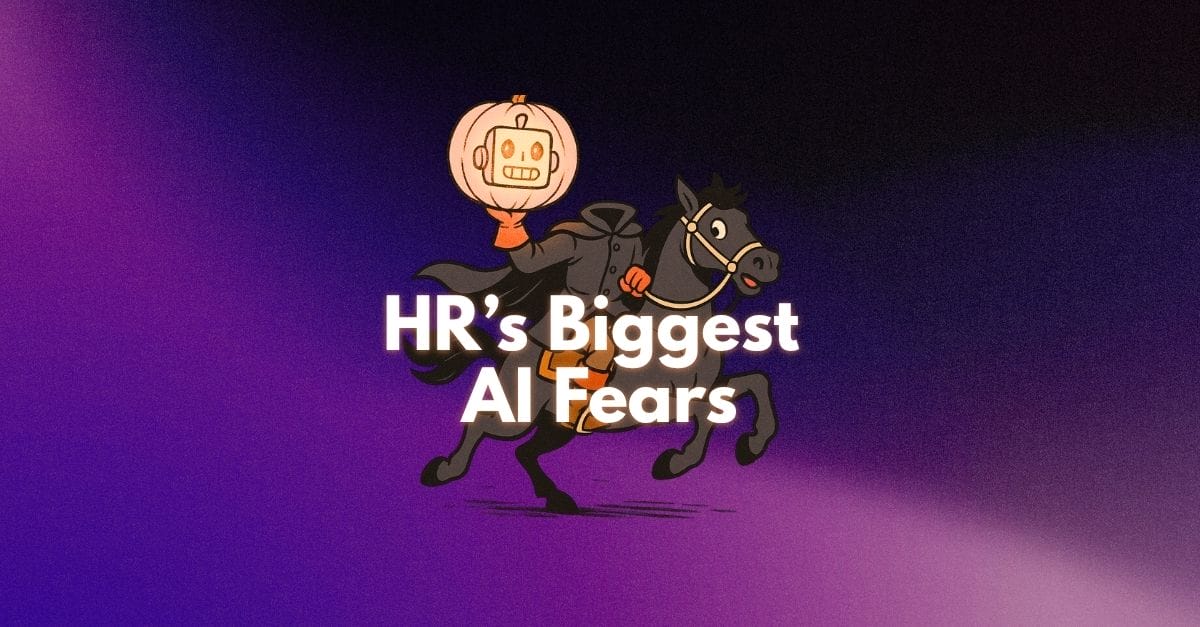There’s a quiet crisis brewing in the middle of your organization. You might not hear it outright, but it’s there.
It’s in the delayed responses, the uncharacteristic tension in meetings, the sharp drop in energy from once-steady managers. It’s what leaders are calling quiet cracking: the silent unraveling of middle managers under the weight of compounding pressure from all sides.
These aren’t dramatic breakdowns.
They’re slow, internal implosions happening behind composed faces and well-worded updates. And they’re spreading.
Middle managers are being pulled in two directions. They’re absorbing executive expectations from above while shielding their teams from burnout below. Somewhere in between, they lose their own support system. They’re left to carry organizational stress without a clear outlet.
Quiet cracking is already impacting your business in the form of:
- Manager performance: Poor focus, reduced follow-through, and inconsistent decision-making
- Engagement: Disconnection from the company’s vision and a loss of motivation
- Well-being: Rising stress, burnout symptoms, and mental health risks
- Career development: Stalled progress and a loss of confidence in their future at your company
The worst part? Most won’t raise their hand until it’s too late.
We’ll dive deeper into these quiet-cracking symptoms during an upcoming Perspectives webinar.

What’s the real cost of losing a manager?
Try our free turnover calculator to uncover how much poor leadership is costing your business – before it’s too late.
Why this matters for HR
HR is on the front lines of culture, communication, and organizational health. And yet, middle managers often fall into an ambiguous middle ground: too senior to be coached like individual contributors, too junior to be looped into high-level strategy. They become the quiet buffer between pressure and performance.
Here’s why addressing “quiet cracking” needs to be a top HR priority:
- Middle managers set the tone for their teams. When they’re disengaged or burned out, that feeling cascades, impacting team morale, retention, and productivity. If they’re not thriving, their people won’t either.
- It’s a leading indicator of broader organizational strain. Quiet cracking isn’t isolated. It’s a symptom of misaligned expectations, unclear priorities, and unrealistic workloads. If you’re seeing it in one department, it’s likely happening elsewhere, too.
- HR owns the manager experience. From onboarding to leadership development, HR shapes how managers grow, connect, and lead. If that system lacks support, training, or advocacy, it’s HR’s responsibility to fix it – before high-potential leaders opt out.
- Executive teams don’t always see it. Most senior leaders aren’t close enough to spot these cracks, especially if managers are still hitting deadlines and showing up to meetings. HR can bridge that visibility gap and speak up with data and stories that drive change.
- Retention is at stake. Burned-out managers are more likely to leave, and when they do, they take institutional knowledge and team stability with them. Replacing them is expensive, slow, and culturally disruptive.
This is your chance to step up, not just as a support function, but as a strategic voice in the business.
Your managers are holding the line, but not for long. Let’s equip them (and you) with what it takes to stay resilient.








